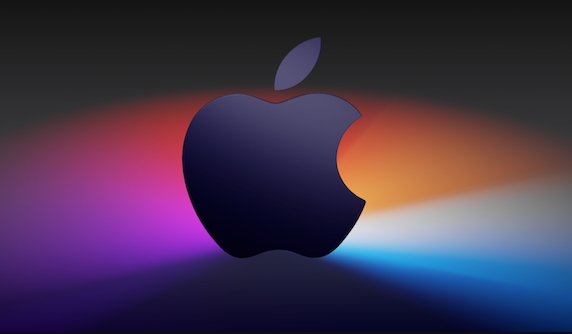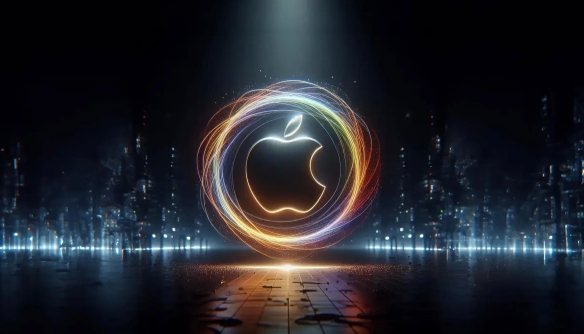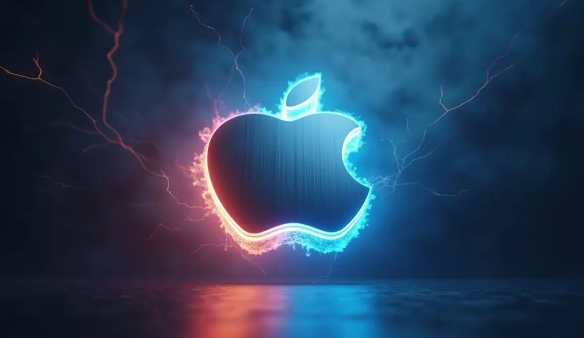You can return the macOS version, but the operation is complicated and risky. 1. Use Time Machine to roll back the system: the premise is that the backup has been turned on and the complete mirror has been made. The entire system will be restored to a certain time point during operation, resulting in the loss of subsequent new data; 2. Manually reinstall the old version of macOS: you need to prepare to start the USB drive, erase the system disk and install the old version. The process is cumbersome and will clear all current data; 3. Data backup and precautions: No matter whether you do this, you must back up the data in advance, pay attention to the limitations of the system version of different models, and it will be difficult to downgrade after Apple officially stops signing the old version, and M series chip models are particularly limited.

After updating macOS, it is possible to find that the system card is changed, the driver is incompatible, or some software cannot run normally, which is a problem that many people will encounter. At this time, many people will wonder: Can you return the system version? The answer is - Yes, but not simple.

1. Use Time Machine to roll back the system version
If you have enabled Time Machine and have done a full backup, this is the most direct way to fall back. However, it should be noted that this method is actually to restore the entire system to its pre-update state, not just to simply downgrade the system version.

The operation steps are roughly as follows:
- Connect your Time Machine backup disk.
- Restart the Mac and immediately press and hold
Command Rto enter recovery mode when powering on. - Select "Restore from Time Machine Backup" in the tool interface.
- Follow the prompts to select a backup point that was earlier than you upgraded to restore.
It should be noted that this will restore the files, settings and applications of your entire system to the state of that point in time, which is equivalent to "rewinding time". If you add a lot of new data during this period, these will be overwritten.

2. Manually reinstall the old version of macOS to achieve downgrade
If there is no Time Machine backup, you can also downgrade by manually installing the older version of macOS. But this usually means you need to clear the system disk and reinstall the old version, so be mentally prepared: this process will clear all current data.
Specific practices include:
- Prepare a USB drive to create a boot disk (at least 16GB).
- Use another Mac to download the corresponding version of macOS installer (for example, if you want to install macOS Big Sur, you need to download the corresponding installation package).
- Format the USB drive to "Mac OS Extension (Logistic)" with the name to "Untitled" or other suitable name.
- Use terminal commands to create a bootable installation media, for example, using
sudo /Applications/Install\ macOS\ Big\ Sur.app/Contents/Resources/createinstallmedia --volume /Volumes/Untitled. - After inserting the boot disk, restart the target Mac, enter recovery mode (Command R), and select Disk Utility to erase the built-in hard disk.
- Next, you can install the old version of macOS from the boot disk.
This method is suitable for users with certain hands-on ability, and the old version of the installation package must be prepared in advance. Not all versions can be found on the App Store.
3. Data backup and precautions
No matter which method, data security is always the first priority. Especially the second method is basically the rhythm of "reinstalling the system". Not doing data backup is equivalent to causing trouble.
Some key reminders:
- Before starting any operation, make sure that important information has been backed up to an external hard drive or cloud service.
- Different models of Mac support for system versions is different. For example, the M1 chip model cannot install Catalina and earlier versions.
- Apple's official official will generally stop signing verification of the old version shortly after the new version is released. Once this time window is passed, it will be difficult for you to successfully downgrade.
In addition, Apple has increasingly restricted system downgrades, especially on Macs with M-series chips. Many old methods may no longer apply.
Basically that's it. If you just accidentally upgrade the system and have a full backup, there is still a chance to return it; but if it has been a while or has not prepared, you have to weigh whether it is worth it.
The above is the detailed content of How to roll back a macOS update?. For more information, please follow other related articles on the PHP Chinese website!

Hot AI Tools

Undress AI Tool
Undress images for free

Undresser.AI Undress
AI-powered app for creating realistic nude photos

AI Clothes Remover
Online AI tool for removing clothes from photos.

Clothoff.io
AI clothes remover

Video Face Swap
Swap faces in any video effortlessly with our completely free AI face swap tool!

Hot Article

Hot Tools

Notepad++7.3.1
Easy-to-use and free code editor

SublimeText3 Chinese version
Chinese version, very easy to use

Zend Studio 13.0.1
Powerful PHP integrated development environment

Dreamweaver CS6
Visual web development tools

SublimeText3 Mac version
God-level code editing software (SublimeText3)

Hot Topics
 How to handle high DPI display in C?
Apr 28, 2025 pm 09:57 PM
How to handle high DPI display in C?
Apr 28, 2025 pm 09:57 PM
Handling high DPI display in C can be achieved through the following steps: 1) Understand DPI and scaling, use the operating system API to obtain DPI information and adjust the graphics output; 2) Handle cross-platform compatibility, use cross-platform graphics libraries such as SDL or Qt; 3) Perform performance optimization, improve performance through cache, hardware acceleration, and dynamic adjustment of the details level; 4) Solve common problems, such as blurred text and interface elements are too small, and solve by correctly applying DPI scaling.
 How to uninstall MySQL and clean residual files
Apr 29, 2025 pm 04:03 PM
How to uninstall MySQL and clean residual files
Apr 29, 2025 pm 04:03 PM
To safely and thoroughly uninstall MySQL and clean all residual files, follow the following steps: 1. Stop MySQL service; 2. Uninstall MySQL packages; 3. Clean configuration files and data directories; 4. Verify that the uninstallation is thorough.
 macOS: System Architecture and Core Components
Apr 28, 2025 am 12:05 AM
macOS: System Architecture and Core Components
Apr 28, 2025 am 12:05 AM
The system architecture of macOS includes hardware abstraction layer, XNU core, I/OKit, core services and Aqua user interface. Core components include the startup process, the APFS file system, and SystemIntegrityProtection. Performance optimization and best practices involve hardware configuration, software setup, and development skills.
 Detailed explanation of the installation steps of MySQL on macOS system
Apr 29, 2025 pm 03:36 PM
Detailed explanation of the installation steps of MySQL on macOS system
Apr 29, 2025 pm 03:36 PM
Installing MySQL on macOS can be achieved through the following steps: 1. Install Homebrew, using the command /bin/bash-c"$(curl-fsSLhttps://raw.githubusercontent.com/Homebrew/install/HEAD/install.sh)". 2. Update Homebrew and use brewupdate. 3. Install MySQL and use brewinstallmysql. 4. Start MySQL service and use brewservicesstartmysql. After installation, you can use mysql-u
 laravel installation code
Apr 18, 2025 pm 12:30 PM
laravel installation code
Apr 18, 2025 pm 12:30 PM
To install Laravel, follow these steps in sequence: Install Composer (for macOS/Linux and Windows) Install Laravel Installer Create a new project Start Service Access Application (URL: http://127.0.0.1:8000) Set up the database connection (if required)
 macOS and Linux: Compatibility and User Experience
Apr 30, 2025 am 12:05 AM
macOS and Linux: Compatibility and User Experience
Apr 30, 2025 am 12:05 AM
macOS and Linux have their own advantages in compatibility and user experience. macOS has excellent compatibility within the Apple ecosystem, and the user experience is simple and intuitive; Linux has outstanding hardware compatibility and software flexibility. The user experience varies from distribution to distribution, emphasizing personalization and control.
 How to check the warehouse address of git
Apr 17, 2025 pm 01:54 PM
How to check the warehouse address of git
Apr 17, 2025 pm 01:54 PM
To view the Git repository address, perform the following steps: 1. Open the command line and navigate to the repository directory; 2. Run the "git remote -v" command; 3. View the repository name in the output and its corresponding address.
 What are the cross-platform development environments in C?
Apr 28, 2025 pm 09:24 PM
What are the cross-platform development environments in C?
Apr 28, 2025 pm 09:24 PM
Cross-platform development in C is recommended to use VisualStudioCode, CLion and QtCreator. 1. VisualStudioCode is lightweight and flexible, suitable for multi-platform development, but the initial configuration is more complicated. 2. CLion integrates CMake, suitable for cross-platform projects, but licenses are expensive. 3.QtCreator supports cross-platform development, with built-in Qt library, but the learning curve is steep.






